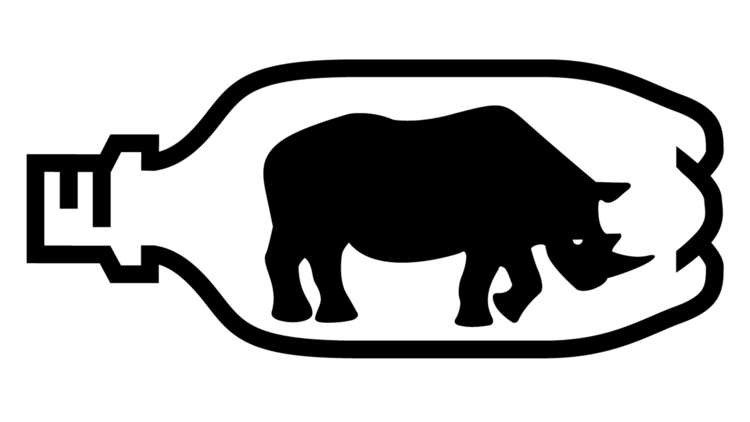Click here for Part IV, or start from the beginning.
26 JUNE 2018 — The Brenner Pass is perhaps one of the oldest routes linking central Europe with the Mediterranean Sea, part of a winding mountain valley that begins south of Innsbruck and continues until Verona in Northern Italy. Some say it was the route Hannibal took his elephant army in 218 BCE from Carthage (present day Spain) to raid the Roman peninsula. Following World War II, the pass was supply line for the Allied occupation and the escape route in case the Soviets invaded.
The Brenner Pass c. 1945 (Source: www.usarmygermany.com)
It was my grandfather’s job to ensure that the emergency exit was ready. From 1953 to 1955, he was with the army regiment that maintained what was referred to as “the 69 miles,” a line through the Brenner Pass linking Austrian and Italian police forces. During that short time, he got to know it well and once brought his wife and children along for a surveying run.
Miraculously, we were on the road by 9:20am—a perfect summer day to reenact that drive.
Still a thriving supply route, the Brenner Pass is now paved with an express highway bringing massive trucks to and from the major hubs of Europe. The old winding roads of my mother’s memory still existed, but they were at ground level while the smooth highway soared above, hoisted skyward by massive pylons.
Like our crossing from Switzerland into Austria, the Italian border came without fanfare except for a language change on signage and a slightly grungier edge to everything. What was once a contested border was now a seamless benefit of the European Union. Beyond the road, the scenery was no less gorgeous—huge mountains, golden sun, evocative clouds. Closer to Bolzano there were gravity-defying terraced farms exactly as my grandmother described in her journal sixty years earlier, and even a distant glimpse of the remarkable Dolomite peaks.
No journey is satisfying without a destination. As the Italian counterpart to Innsbruck, we arrived in Bolzano eager to see Ötzi, a 5,000 year old man whose frozen body was discovered in 1991 and had an entire museum built around him. Glancing at his preserved brown corpse through an easy-to-miss window was not as fascinating as the archaeological forensics his death unveiled—cultural, dietary, and even a bit of crime-solving (he died from wounds following an attack). To this day, new discoveries are being made. We easily spent over an hour examining Copper Age tools and clothing, absorbing facts about the difficult early days of human history, and imposed a personality on the mysterious man who was murdered at the old age of 45. A lifelike recreation of him stood at the end of the exhibit, where you could look into Ötzi’s nearly lifelike eyes and wonder if he was a friendly mountain man or a fierce survivalist.
Bolzano was an interesting border town. The region of South Tyrol was Austrian territory until the Armistice of 1918, however the influence of both cultures prevailed. With the Mediterranean heat, the mountain city felt very Italian yet the German language was widely spoken. A tent protected us from the midday sun on the wide open Waltherplatz across from the Duomo di Bolzano, where we enjoyed an Italian feast of pasta, pizza, calamari, and of course wine. Charlotte proudly cleaned her entire plate with a tomato-red smile on her face. After a little shopping on our way back to the car, we were soon on our way back to Austria.
Closer to Innsbruck, we took a ground-level detour along the Brenner Pass to get a better sense of what the roads might have been like in 1954, despite the highway elevated above us. We stocked up at a Spar, then returned to the Telfes house to relax and swim. My wife and I explored a different route on foot, past the colorful Heiliger Pankratius church, weaving north along farm roads, crossing paths with the tramline, and coming across the mysterious Greifvogelpark. A narrow trail through dense woods brought us to the dormant gates of a secluded bird park. It was closed but we were able to glimpse large wooden cages housing some sort of raptors.
At home, we had a relaxing evening in the main room, noshing on cheese, charcuterie, bread, fresh fruit and wine, assembling jigsaw puzzles and chatting as the girls were immersed in their tablets. Speculation about the ice man dominated the conversation—it was impossible not to ponder his primitive existence in this beautiful pocket of the world and contrast it with my grandfather’s duties in the aftermath of a worldwide war, five millennia later.
We were tourists from a future time, observing the past, able to see the big swoops of history that brought us to this moment, unaware of what lies ahead.
[More photos can be seen on my Flickr site.]
NEXT: Part VI — Alpine leisure




